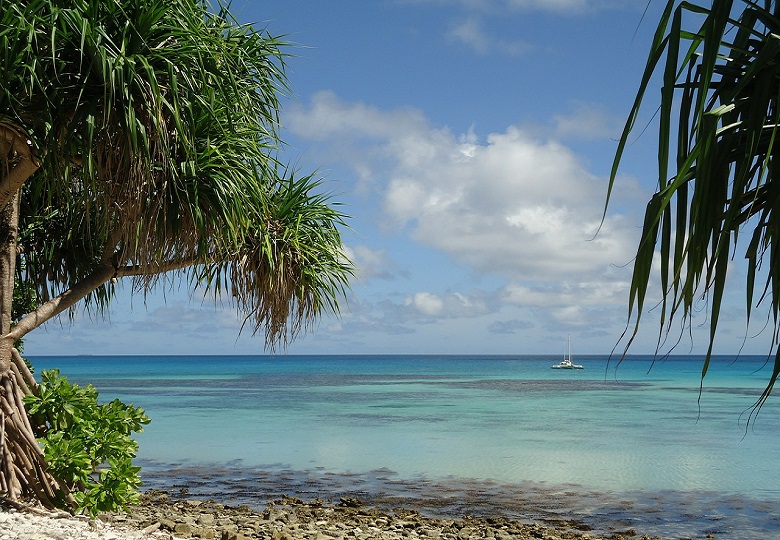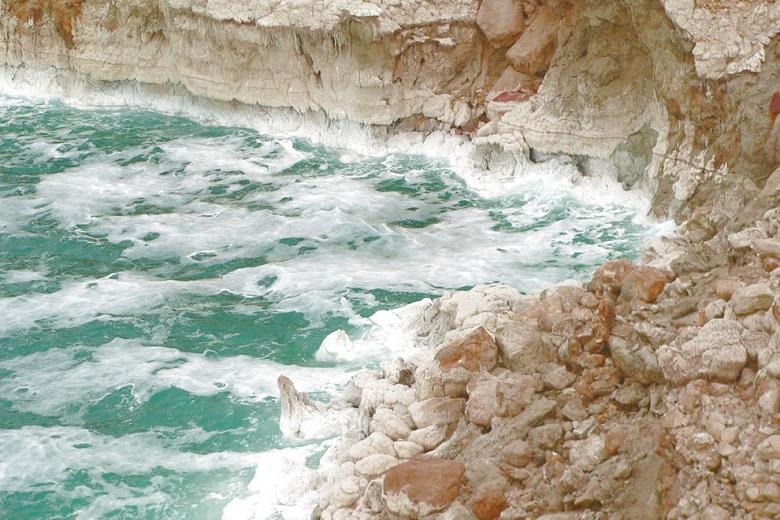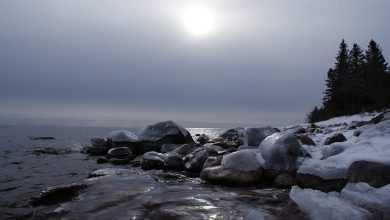Why is seawater salty?

Assume you’re on a lonely island out in the middle of the sea. What’s the first thing you’re going to do? You’ll need to locate food, fire, shelter, and water first. But, if you’re practically surrounded by water, why is it on this list? Almost everyone who has visited a sea beach at least once in their lives is aware that seawater cannot be consumed. This is because seawater is salty and unfit to drink. We’ll attempt to find out why this is occurring in this article.
Because of the huge number of dissolved minerals in ocean water, it is salty. “Salts” is a term used to describe these minerals. Around 3.5 percent of the water in the ocean contains salt, depending on where you swim. The water near the equator is saltier, whereas the water north of the equator is saltier.
The natural flow destroys and mixes a large number of minerals that are found on the ocean bottom. Minerals dissolve in the water when water flow and waves erode the ocean bottom, increasing the quantity of salt in the water. This is how the ocean’s salt is replenished regularly.

Runoff from streams, rivers, and lakes also contributes to the salt of the seas. Because these reservoirs contain freshwater, you may be perplexed as to how this is feasible. You may be shocked to find that dissolved salts can be found in all lakes, rivers, and streams. However, since the concentration of salts in these reservoirs is far lower than in the oceans, their water seems to be less salty.
Because most lakes have exits such as rivers and streams, salt cannot collect. Water may flow to the seas via these openings, taking minerals and salts with it.
On the other side, the Dead Sea is an example of a body of water that has no outflow. Because there is no exit to the ocean, minerals that fall into the Dead Sea cannot depart. Because minerals can’t leave, the Dead Sea has some of the saltiest water on the planet.
Dissolved salt makes about 35% of the water in the Dead Sea! This is over 10 times the salt content of the seas. The Dead sea’s saline water is lethal to most living things; hence there are no fish or other sea animals to be found there. Only a few bacteria and algae species can live in the Dead Sea’s hostile waters. That’s why it’s known as Dead!

Swimming in the Dead Sea is a once-in-a-lifetime experience, even if you won’t feel like drinking it. The density of seawater is substantially greater than that of freshwater due to the high salt content. This increases the buoyancy of the swimmer’s body. It’s like tossing a cork into a basin of water when you dive into the Dead Sea. It’s simple to swim without even trying since the water is so thick. The water makes swimmers so buoyant that diving or swimming underwater is impossible.
Salts dissolved in saltwater may also be found in rocks on land. Because rainwater has low acidity, it breaks rocks when it falls on the ground. As a result, ions are released into streams and rivers, finally ending up in the ocean. Many dissolved ions are utilized by ocean species and then eliminated from the water. Because the others aren’t taken away, their concentration rises with time.
Hydrothermal fluids from holes in the seabed are another source of salt in the ocean. The magma of the Earth’s core heats ocean water when it seeps through fractures in the seafloor. A sequence of chemical reactions is triggered by heat. Water tends to lose oxygen, magnesium, and sulfates while also collecting metals like iron, zinc, and copper from the rocks it passes through. The hot water exits via the seabed vents, bringing with it trace elements. Underwater volcanic eruptions that directly eject minerals into the ocean produce certain ocean salts.

Salt domes also influence the salinity of the sea. These salt domes, which build across geologic periods, may be found underground and underwater all around the planet. They are often found on the continental shelf of the Gulf of Mexico’s northern region.
Chloride and sodium are the two most frequent ions in saltwater. They account for over 85% of all dissolved ions in the ocean. Another 10% of the total is made up of magnesium and sulfate. Other ions are only present in trace amounts. Temperature, evaporation, and precipitation all affect the salt content in saltwater (salinity).




